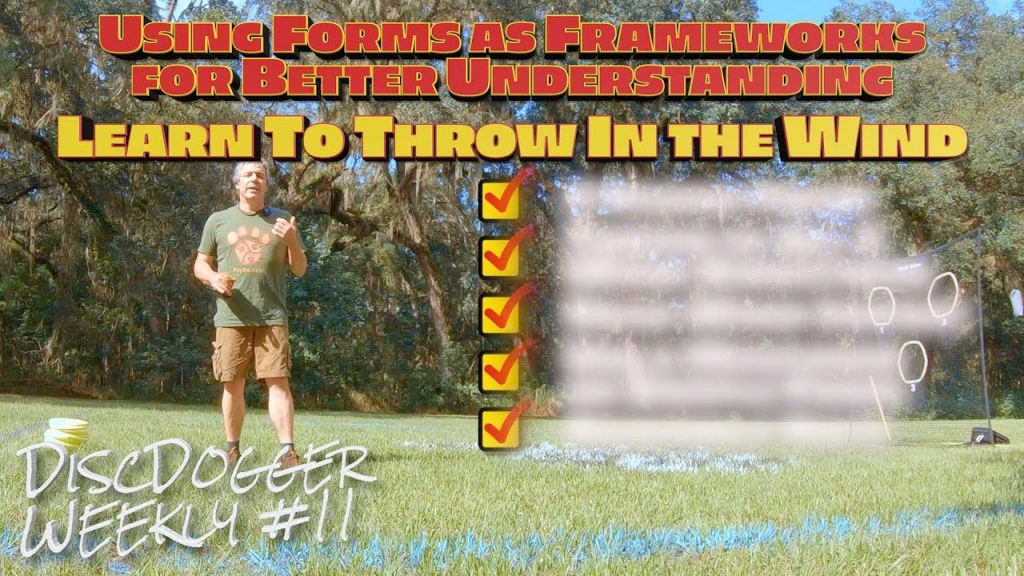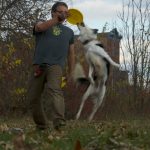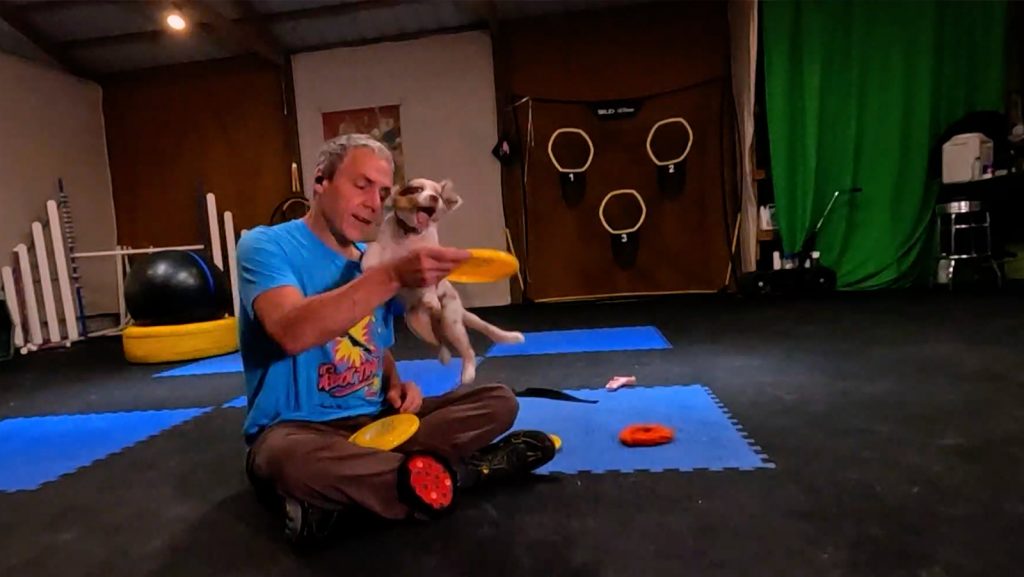
Good Questions Are More Important Than Simple Answers | Learning About Wind Management
How are you going to learn about the wind? What are you going to do to learn how the wind affects your throws? Serious questions…
My guess is you have no answers. But going further, have you even asked the question? Or have you simply looked for a simple answer to managing the wind?
Getting a good answer requires asking a good question. Asking good questions requires that you understand what you are doing and how things are done or are at least seeking to understand what you are doing and how things are done. If you are just looking for the answer, you won’t have the knowledge to pass the next test and you won’t have the knowledge to pass a similar test that is surely coming your way in the near future.
The Trouble with Simple Questions and Answers
“Just tell me how to do it…”
Seeking a simple trick or gimmick to “do the thing” or getting a simple answer is often not helpful in the long run. It might even be harmful.
I recently talked to a friend who got a simple, gimmick type answer to a common problem and started running with it, and it has caused some real trouble – like existential trouble with the team, “I might have to try some other activity with my dog…”
That is NOT OK. I’m afraid it is a fairly common result for those who only care about “The Answer to THIS problem”. Nobody needs or deserves that kind of stress in the game of dog frisbee.
There most likely is no simple answer to your problem, and there certainly isn’t a good answer if you can’t identify your problem or turn your problem into a good, solid question.
Performance is Not Understanding
This is a maxim of Pawsitive Vybe and of successful dog training. Comprehending that performance is different from understanding is key to becoming competent at any skill. Just because you can do it doesn’t mean you know how it is done or even what it is that you are doing.
But how to bridge performance and understanding? Won’t doing it more lead to better understanding? Perhaps… But what if you need to do it differently? What if the situation changes?
Good Questions and Good Answers
The last two are actually very good questions. And they lead to good answers for bridging performance and understanding and to good answers for learning about the wind. The answers are:
Do it differently and change the situation.
Purposefully performing the skill differently and purposefully changing the situation in which the thing is done are two good solutions to bridging performance and understanding. This is how to learn what you are doing and how things actually work.
Purposefully is the important word here. You need to do the thing, with purpose and on purpose, in a different manner and in different situations.
Purpose a Form or a Skill You Have Mastered
Take A Take is a cued Bite that replicates the placement and timing of a throw. Usually used with overs, vaults, and flips, the Take is a powerful teaching tool for creating habitual leaping... More the thing you do and purpose it towards something else. Do this and learn how the thing you are doing works.
A Take is a cued Bite that replicates the placement and timing of a throw. Usually used with overs, vaults, and flips, the Take is a powerful teaching tool for creating habitual leaping... More the thing you do and purpose it towards something else. Do this and learn how the thing you are doing works.
In the case of the wind, take a standard skill or form, like the 4 Hands Form and focus on how the wind affects it. Instead of focusing on your disc placement, your feet, or the transferring and loading of discs, place your focus on what the wind does to your throws. Do 20 reps with a focus on the wind.
Then change the situation by setting up the form with a different wind direction. Do 20 reps and change to another wind direction.
Purposing this already mastered form towards how the wind affects it and then changing the wind situation will lead to a greater understanding of how the throws are impacted by the wind.
On Frameworks and Structure
Be systematic and organized in the application of the skill or form you are purposing or in the changing of the situation. If you are systematic and organized it is easier to tease out some data and turn that data into useful knowledge.
In the case of the 4 Hands Form and wind management, I set up in 4 standard directions: into the wind, downwind, wind coming from the left (clockwise), and wind coming from the right (counter clock). This systematic structure makes it much easier to process the information and develop my understanding.
Ask Better Questions and Get Better Answers
Put more energy into crafting questions than you put into searching for answers. A good question will lead to much more learning and understanding than a simple answer. Getting an answer may or may not help you but asking a good question always will.
I could have just as easily told you,”Do this: 4 Hands Form in all 4 wind directions.” It’s a simple answer. When you do this you’ll get a bit better in the wind.
But if you do this and ask some good questions about what is happening, you’re going to know things about the wind:
- What happens into the wind and down wind?
- Is there a difference between clock and counter wind directions for the various throws?
- Which throws can I throw into the wind?
- Which throws do I not want to throw into the wind?
- Can I adjust the angle a bit to make it work?
- Which throws do I need work on?
- etc









I will definitely try this. I only tried throwing into the wind or with the wind, did not try with cross winds from left and right. I wish I could do it today, it is really windy, but stuck at work! Next windy day when I can I am going to do this!
Right on Elysia! You can start to put some of that new knowledge into action in a systemic manner. Hope you have a happy Thanksgiving!